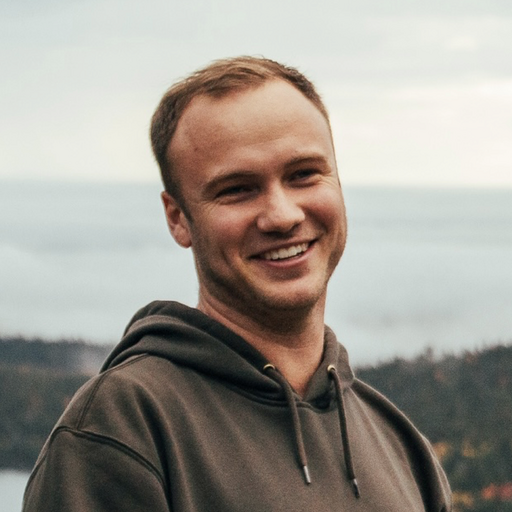
DUPR Featured Player - Kimberly Crozier
We first met Kimberly when she was identified #3 on our "Biggest Amateur Movers" list from July. Biggest movers are folks that have shown the largest change in their DUPR rating in a given amount of time.
This is an impressive accomplishment on it's own, but we were floored when she reached out to share her story of incredible resilience and perseverance.
Read Kimberly's Story In Her Words:
"I’m such a social media introvert and I rarely post anything but today is a pretty special day for me and I wanted to share it. Today I had my very last physical therapy session after going twice a week for the last 7 years.
In August of 2015 I had my first Open Hip Dislocation/Femoral Derotation surgery in which my hip sockets were reformed and my femurs were cut in half and rotated 20 degrees. We did one hip at a time, the second hip was 15 months later. The surgeries were very long and my spinal cord became pinched during the second hip surgery because of the way I was positioned. This complication greatly delayed my healing and it wasn’t until 18 months later that I had another surgery to decompress my spinal cord. I spent many, many months in a hospital bed in our home, and many years dependent on a wheelchair, walkers, and crutches to get around. I had to use those little motorized carts to shop once I could leave the house. With the change in the position of my femurs along with the spinal cord complication, I had to learn to walk all over again. I looked like Woody in Toy Story with my joints zig zagging in different directions. I couldn’t get my feet to line up with my knees and my knees to line up with my hips. My body had been rearranged and my brain couldn’t figure out how to walk again.

It’s been a very slow and very painful journey. Anyone who knows Dan and me, knows that we like to be active. Hiking, tennis, scuba diving, cycling, you name it…we just love to play. It was a tremendous loss for us to be confined to the house and not know if I would ever walk again, much less get to be active and play again. I was DETERMINED to get back to normal (active lifestyle) and it was so frustrating that my body wouldn’t work anymore. At one point, a couple of years ago, one of my PT’s gently suggested that I try different hobbies that I could do, instead of focusing on what I could no longer do. She suggested that I should just ‘go live my life’ with the limitations I had. Boy, that fired me up big time. I said OMG are you saying I need to take up something like cooking or sewing? I’m sure Dan would love if I was a better cook but seriously kill me now! Okay I’m wrapping it up I promise. A couple of years ago, I was still using a walker for anything outside the house and Jim and Sonya Phillips introduced us to Pickleball. Obviously, I was there just to watch. It looked so fun! Everything in me wanted to be out there playing, so I convinced Dan to let me come out on the court with him. I stayed in one spot and if the ball came right to me, I hit it! Oh my goodness! The spark of life that flooded my soul in that moment…I can’t even describe it. I was still so disabled at that point that if I even transferred my weight on my right hip it was screaming pain…but hey…I was out there and I was feeling alive. Pickleball motivated me to work even harder in PT. We would go out to play and I would just get the balls that came to me. Little by little I could move around the court more…Now…on this my last day of PT…I’m out playing Pickleball against people who have no idea what I’ve been through and I’m beating them Dan and I have been traveling around competing and winning medals together. We feel 20 years younger.I want to thank God for carrying us through those long, painful years, and for healing my body bit by bit. He has been so very good to us. And Dan is my hero, my knight in shining armor. I wouldn’t have made it through this without him! We did it my love! Let’s see…7 surgeries, in 7 years! I’m estimating 88 trips to Stanford, 18 nights in the hospital, $2.89 million in medical bills, and last but not least 498 hours sitting in Bay Area traffic! "
Amazing work Kimberly! Truly an inspiration to us all.










